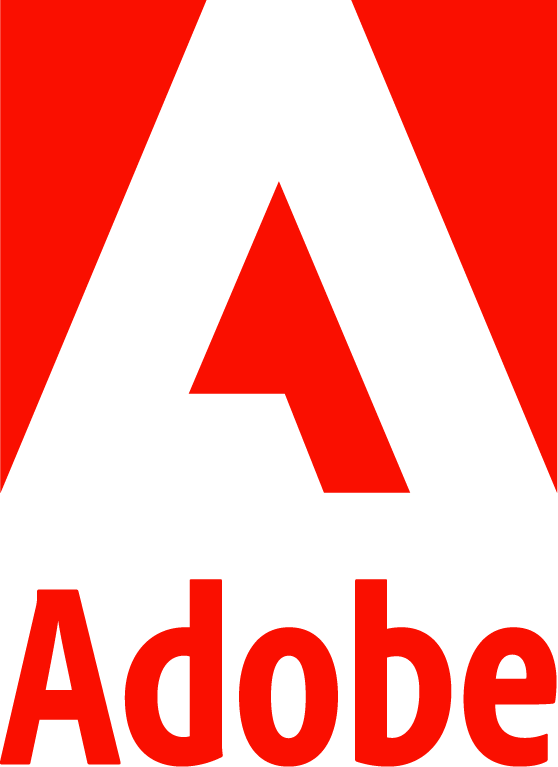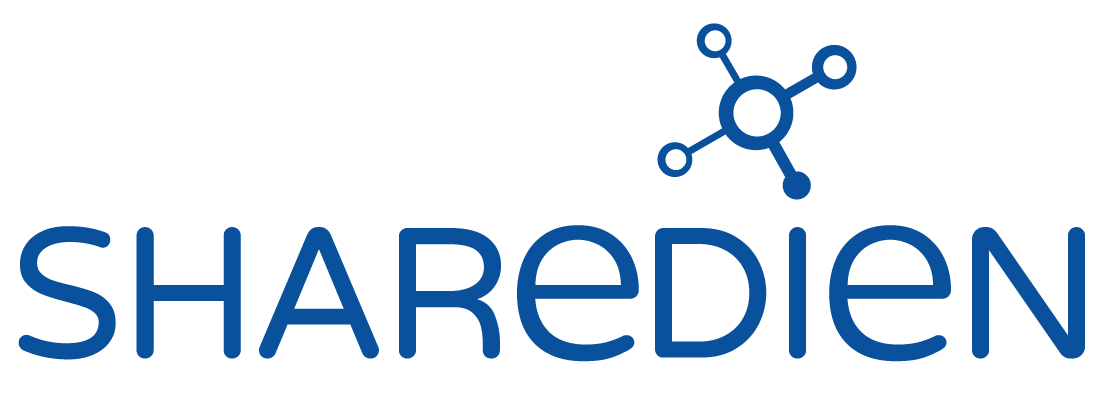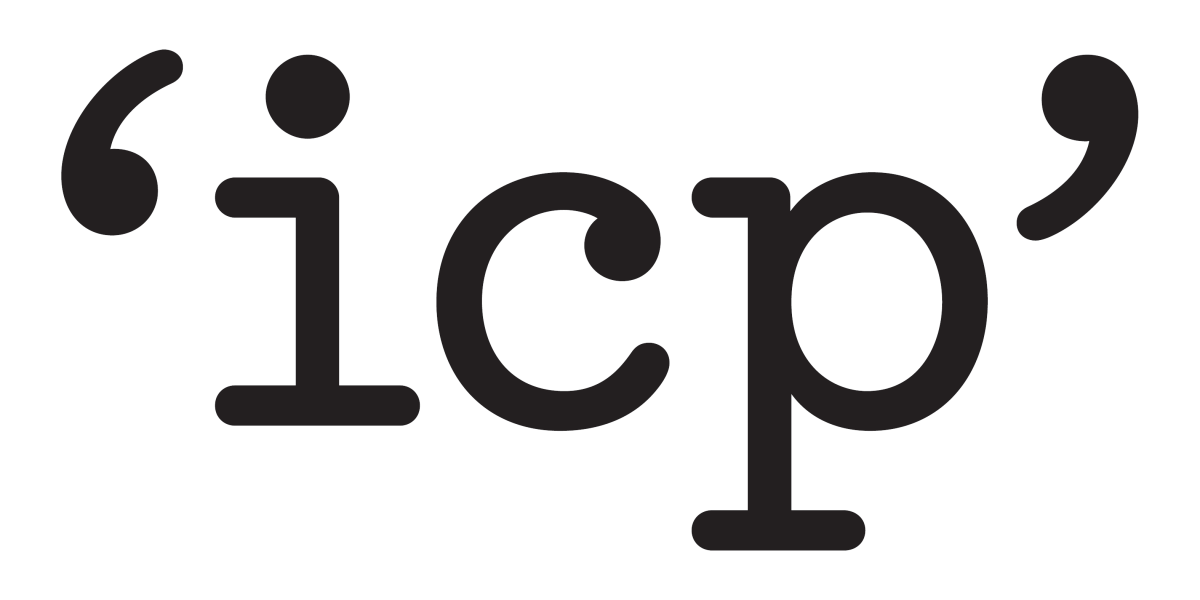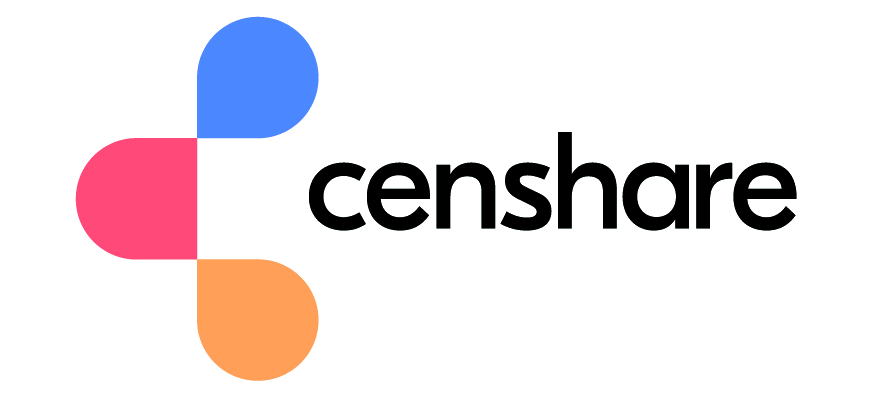When challenged with tagging their content and assets with the correct product information, many organizations discovered the power of bringing their Product Information Management (PIM) data into their DAM system. Some say that when DAM met PIM, a power couple was born.
DAM has all the glossy photos, beauty shots, short videos, and content collateral that introduces shiny new products. PIM has the substance with product names and all its attributes from dimensions to shelf life to ingredients or compounds. Together, they can quickly deliver digital shelves, newsletters, product campaigns, and social media updates with trusted and accurate information.
Conversely, some risks include overwhelming your system with data that a typical digital asset doesn’t need and forcing data management into a system that was never meant to handle complex product hierarchies.
In this panel, we’ll explore the pitfalls and potential of approaching product information and associating it with content and asset metadata in a DAM system. Topics explored:
- When does PIM start to crowd the DAM with too much information?
- Who manages the PIM within a DAM?
- PIM is usually managed in large, fortressed repositories that are used for financial reporting. How do you integrate and synchronize product information?
- How and where does Master Data fit into DAM & PIM?
- Is PIM a data asset?






















